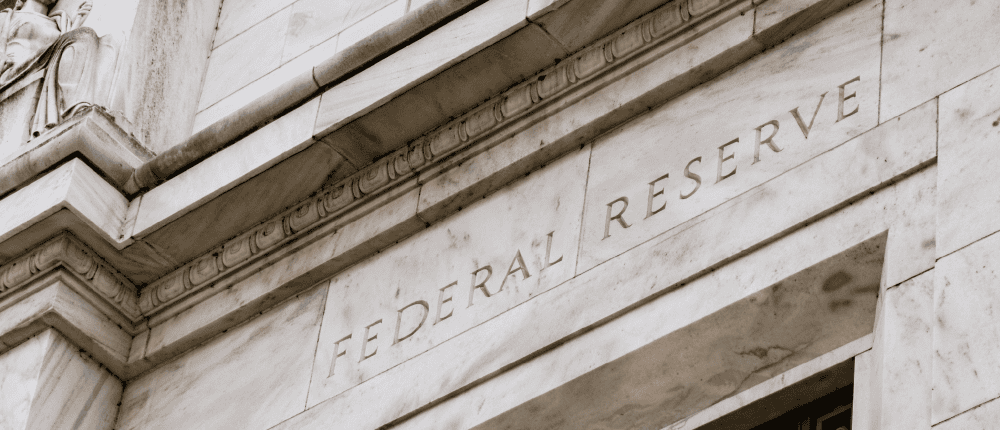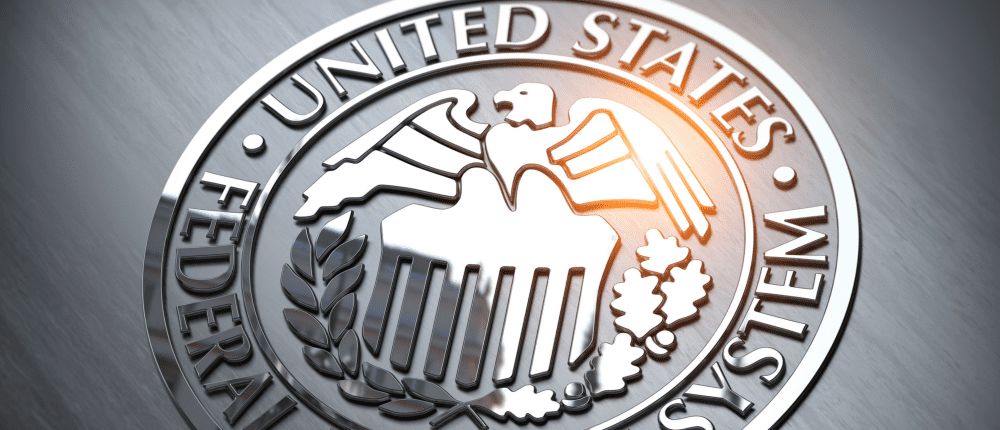My, How Times Have Changed!
On February 1, the Federal Open Market Committee (FOMC) voted to raise the Federal Funds rate to a range of between 4.50% and 4.75%, placing the Federal Reserve’s benchmark interest rate at its highest level in over 15 years. The move marked the latest increase in what has turned out to be the most aggressive pace of Federal Reserve rate hikes since the early 1980s when Paul Volker was chairman, and the nation was battling inflation close to 15%. While the current inflationary cycle has remained mercifully below the mid double-digit levels of the early ‘80s, the pace at which the Federal Reserve has raised interest rates ranks amongst the most aggressive in modern history. Considering that less than one year ago, the Federal Funds rate was still pegged at a range of between 0.00% and 0.25%. My, how times have changed! In the remainder of this article, we’ll explore the circumstances that led to the Fed’s dramatic about-face as well as the outlook for the year ahead.
As we look back at 2022, the FOMC’s aggressive policy pivot stands out arguably as the most important market development of the year. The U.S. economy began the year with solid momentum on the heels of a robust 5.9% growth rate in 2021 and, with unemployment hovering at just 3.9%, less than half a percent above its pre-pandemic low. Unfortunately, the inflation surge which began in 2021 was gaining force with the Consumer Price Index (CPI) already running at 7%, fueled in part by the accelerant of prior years’ fiscal stimuli. It was, therefore, perplexing to many observers that despite the combination of tight labor markets and surging inflation, the FOMC still judged it necessary to maintain its near zero interest rate policy. As market participants would soon learn, however, that dynamic was about to change.
As if the inflationary imbalances resulting from the mismatch between pent up consumer demand and still-fragmented global supply-chains weren’t enough, Russia’s invasion of Ukraine in February wreaked havoc on global food and energy markets. Measures of inflation surged through the first half of the year with the Consumer Price Index reaching a 40-year high of 9.1% in June. Meanwhile, sporadic outbreaks of COVID-19 in China forced intermittent closures at the Port of Shanghai, adding to existing supply chain challenges. The Fed initially hoped inflation would be “transitory” but proved anything but as it accelerated and became increasingly broad-based throughout the year. While the pace of inflation moderated during the back half of 2022, a significant amount of economic damage had already been done as consumers and businesses struggled to keep pace with elevated and still-rising prices.
Under the weight of persistent inflation, economic growth slowed notably in 2022, particularly in the first half of the year. Paradoxically, despite rapidly recovering labor markets, the U.S. economy unexpectedly shrank in the first quarter of the year with Gross Domestic Product (GDP) contracting at an annualized rate of 1.6%. The decline in first-quarter activity was originally written off to a ballooning trade deficit, however, the unanticipated contraction in second-quarter growth sparked an intense debate as to whether the U.S. economy was already in recession. While two consecutive quarters of negative GDP growth meets the commonly held textbook definition of recession, the official determination is based upon the interpretation of a wide array of economic variables. Moreover, the rebound in activity that took place during the second half of the year, coupled with the persistent tightening of labor market conditions, suggest it is doubtful the U.S. entered an official recession in 2022. However, considering the ferocity of the Fed’s belated response to surging inflation, the outlook for 2023 is considerably less clear.
By the time the Fed commenced with their first 25 basis point (0.25%) rate hike in March, inflation as measured by the CPI had already risen to 7.9%. Notably, the inflation data available at that time captured prices prior to Russia’s invasion of Ukraine which most assuredly implied that peak inflation was on the horizon rather than in the rearview mirror. In the months that followed, the Fed hastened the pace of rate hikes to 50 basis points (0.50%) in May, followed by a string of four consecutive 75 basis point (0.75%) increases in June, July, September, and November. As the year drew to a close, the Fed slowed the pace of rate hikes to 50 basis points (0.50%) in December and most recently 25 basis points (0.25%) in February of this year. In sum, the Fed has raised the Federal Funds rate by 450 basis points (4.50%) since March 2022. Current forward guidance from the Fed suggests the so-called terminal Fed Funds rate will settle somewhere between 5.0% to 5.25% during the first half of this year. As the Fed nears the end of its tightening cycle, the pace of future rate hikes will likely be more measured as policy makers evaluate the impact of prior rate increases.
As we start this new year, the economy has already shown meaningful signs of slowing under the weight of higher prices and the Fed’s aggressive interest rate increases. Although consumer spending has remained resilient, higher interest rates have weighed on construction, home sales, and business investment. Moreover, elevated and still-rising prices continue to squeeze consumer wallets, cutting the personal saving rate and giving rise to record high credit card debt. As a result, much of the fuel that helped propel spending over the prior two years appears to be running out, and it is unlikely that consumers will see further stimulus from the Federal government. While the labor market remains a singular bright spot, the combination of elevated inflation and notably higher interest rates has increased the odds that the economy slips into recession sometime in 2023. In response to this growing concern, many market participants now expect the Fed will perform another about-face and begin cutting rates in the second half of the year. Unfortunately, and despite the Fed’s best efforts to guide otherwise, history favors the markets in this regard. There have been 13 periods of sustained Fed rate hikes since the early 1950s with ten of those cycles ending in recession and just three achieving the prized soft economic landing.
If the U.S. economy were to slip into recession this year, it would most surely be one of the most anticipated downturns in history. Forecasters surveyed by the Federal Reserve Bank of Philadelphia place the probability of a downturn in the next four quarters at more than 40%, the highest reading since 1975. Meanwhile, economists polled by Bloomberg place the odds of a 2023 slump at 65%. Despite these gloomy forecasts, there is still a chance for the Fed to thread the needle should wage growth ease along with broader inflation, allowing the overheated job market to cool without causing an excessive run up in the unemployment rate. The odds are narrow, no doubt. Public Trust continues to watch the data with bated breath. We eagerly root for the Fed as they walk the yellow brick road in pursuit of the prized soft landing. The tightrope between inflation and recession has rarely ever been more taut.
Written By:
Mark Creger
Director and Senior Portfolio Manager
Public Trust Advisors, LLC




